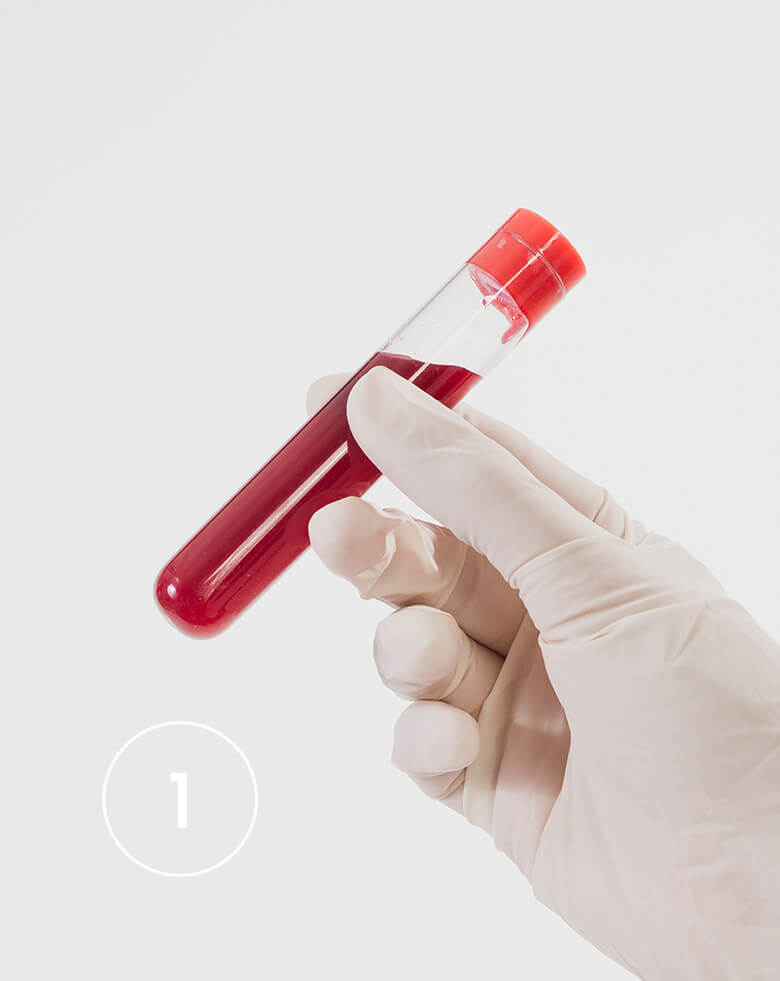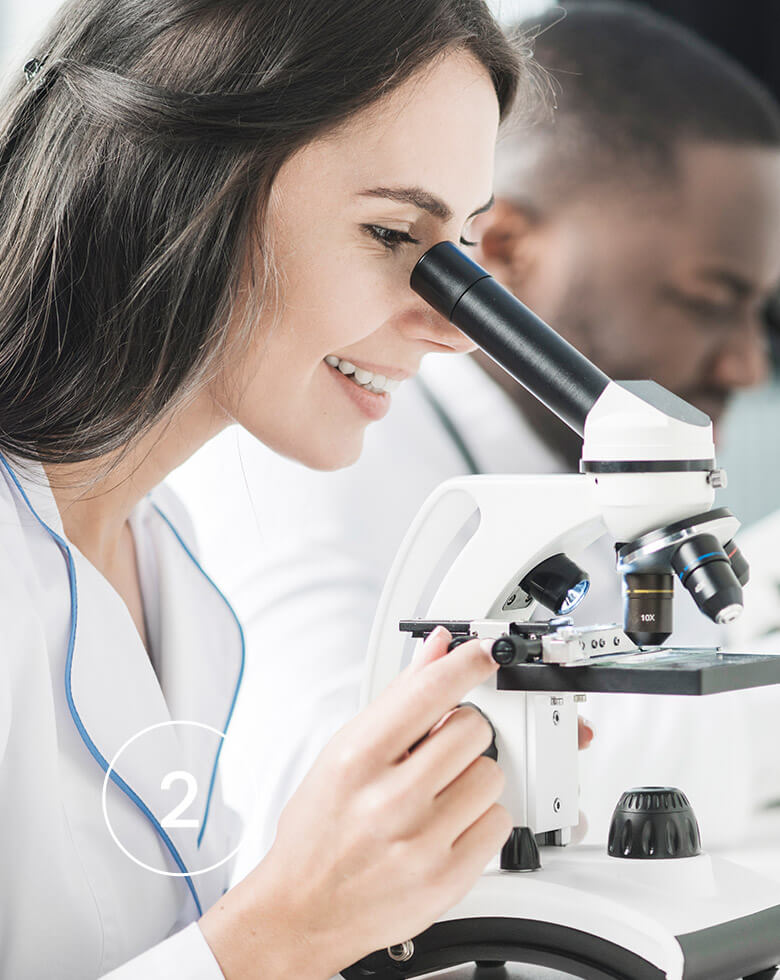
Skin

Cardio

Cholesterol

Ear

Kidney

Blood

Pancreas

Liver

Lung

Brain

Histopathology
Histopathology means the study of tissues as relates to disease. A histopathology report describes the tissue that has been sent for examination and the features of what the cancer looks like under the microscope. Histopathlogical Tests include reporting of various specialities:
Oncopathology: for definite diagnosis of cancer* and reported as per the latest guidelines laid down by the College of American Pathologists (CAP) followed world-wide.
Gastro-intestinal and liver pathology: includes evaluation of endoscopic gastro-intestinal as well as liver core biopsies.
Renal pathology: includes evaluation of kidney biopsies for diagnosis of medical renal diseases as well as transplant rejection. Two separate tissue cores are preferred: one core in 10% formalin (for light microscopy) and another core in normal saline (for direct immunofluorescence)
Dermatopathology: includes evaluation of skin biopsies, both light microscopy as well as direct immunofluorescence, for confirmation of clinical diagnosis.
Cytopathology
Cytology is the examination of cells from the body under a microscope. The test commonly checks for infection, inflammatory disease of the urinary tract, cancer, or precancerous conditions.
Sampled fluid/ tissue from a patient is smeared onto a slide and stained (see techniques). This is then examined under the microscope to look at the number of cells on the slide, what types of cells they are, how they are grouped together and what the cell details are (shape, size, nucleus etc). This information is useful in determining whether a disease is present and what is the likely diagnosis.
The most common samples in cytology are exfoliative, including cervical smears (Pap smears), urine and sputum.


Microbiology
Microbiology testing services are a crucial requirement for human health are at risk of being negatively affected by the presence and breeding of micro-organisms such as specific pathogens, bacteria, yeast and moulds.
Test includes- Blood culture
- Gram stain
- Viral culture
- Latex fixation test
- Acid-fastness
- Giemsa stain
- Ziehl–Neelsen stain
- Complement fixation test
- Immunofluorescence
- Lung biopsy
- Warthin–Starry stain
